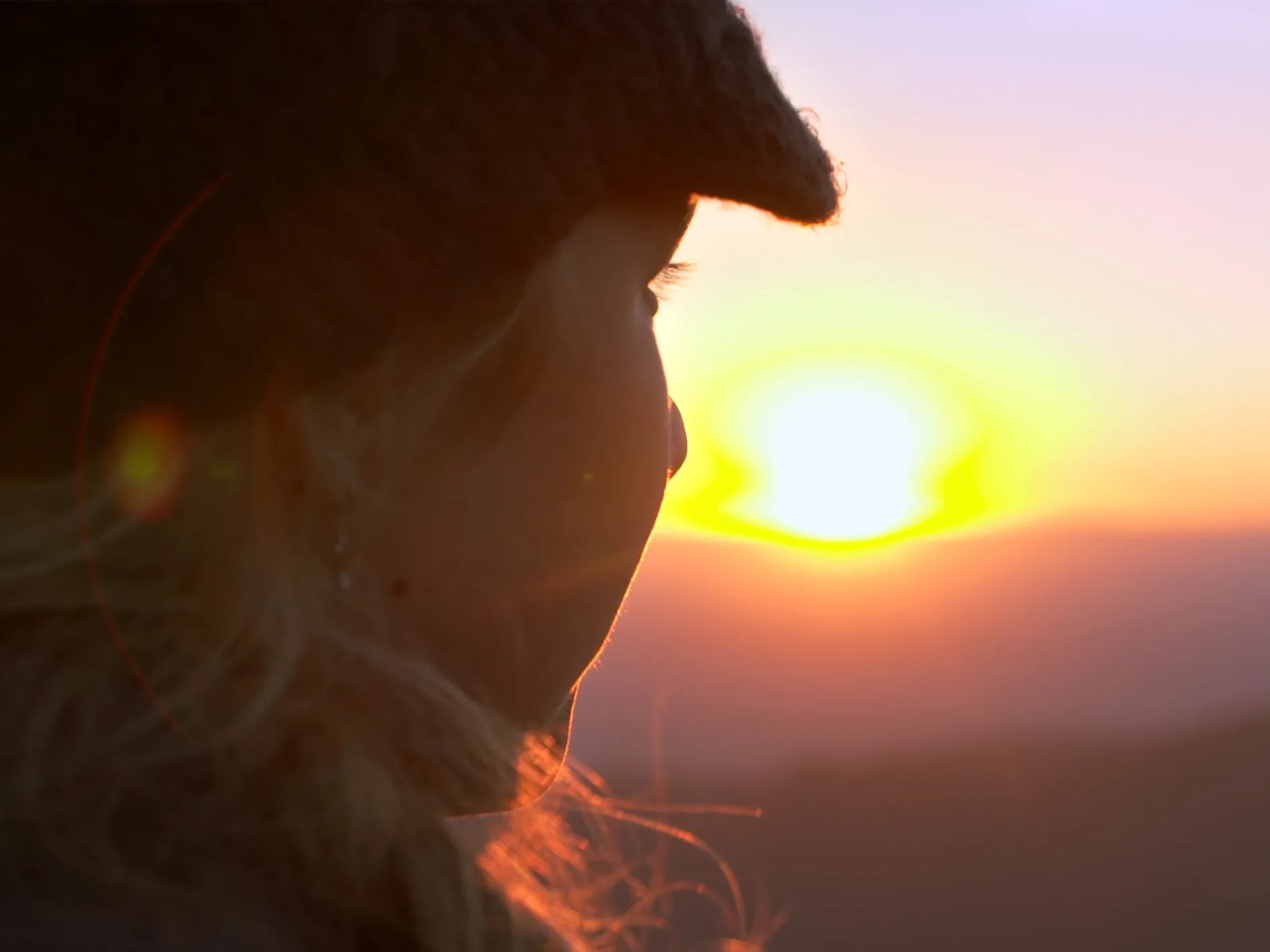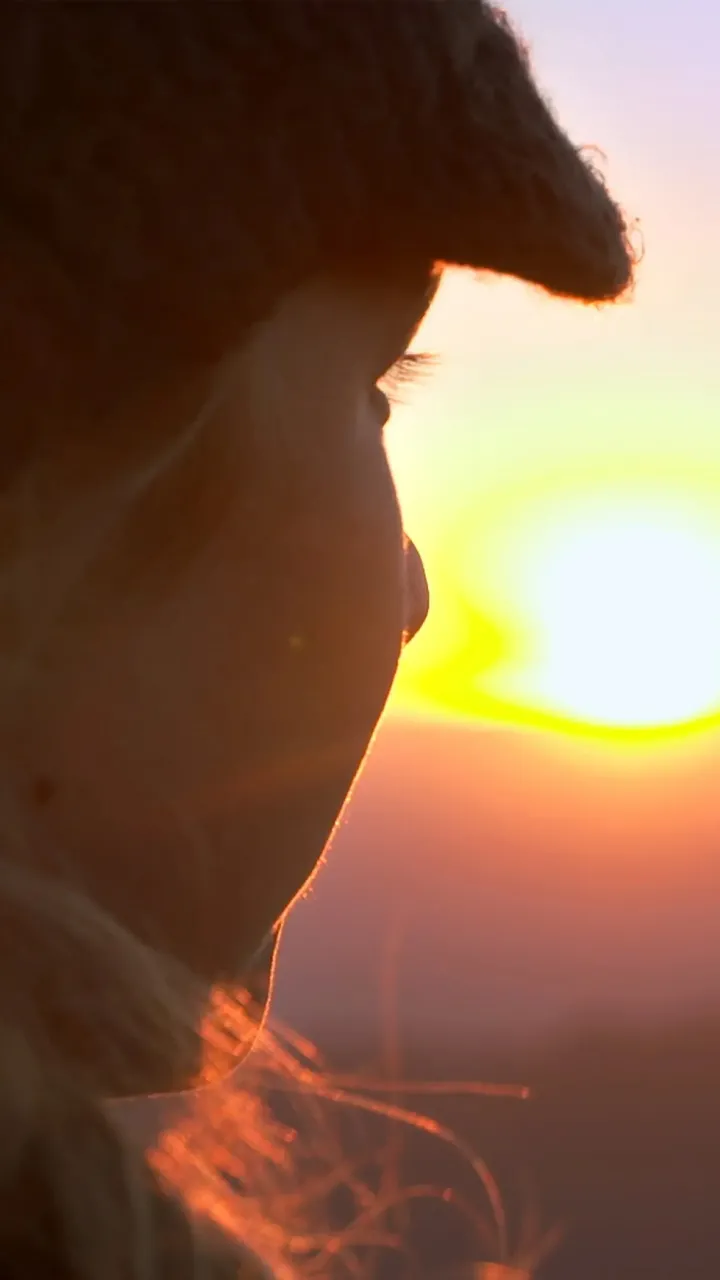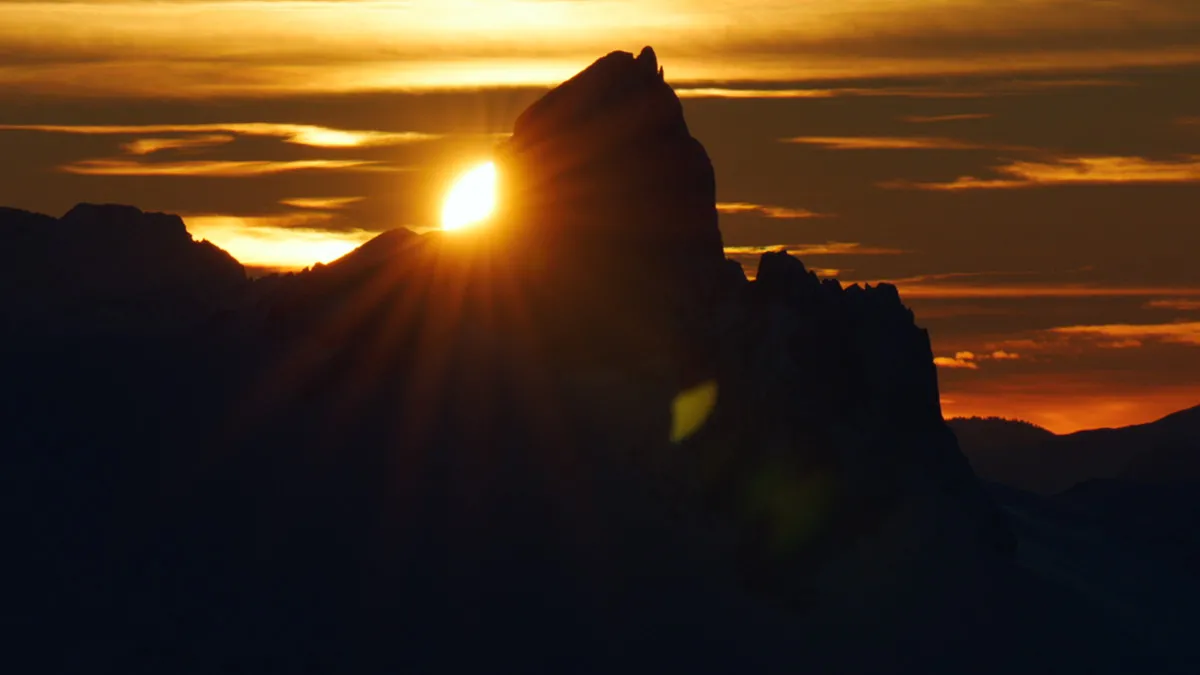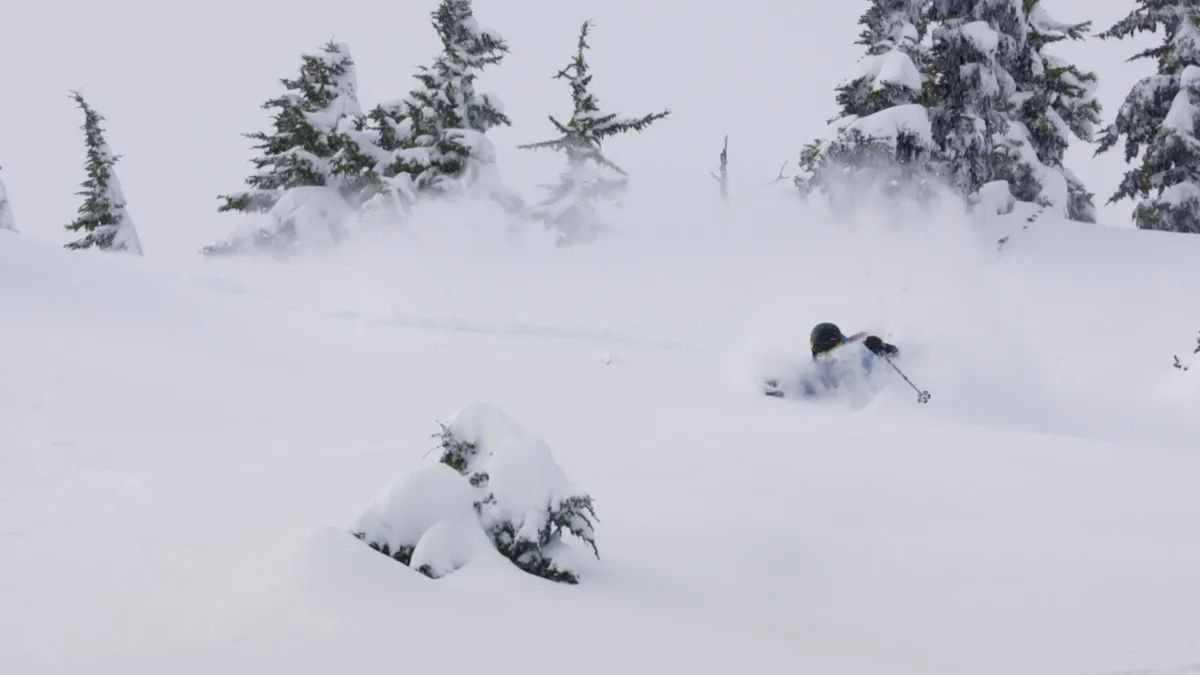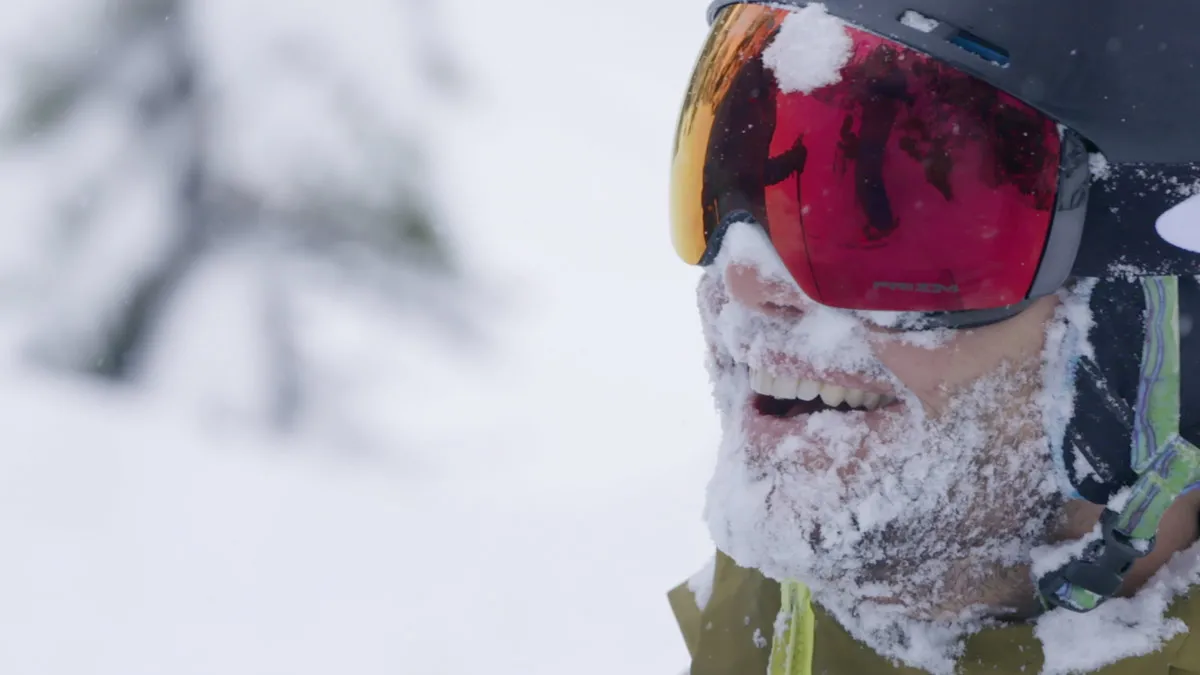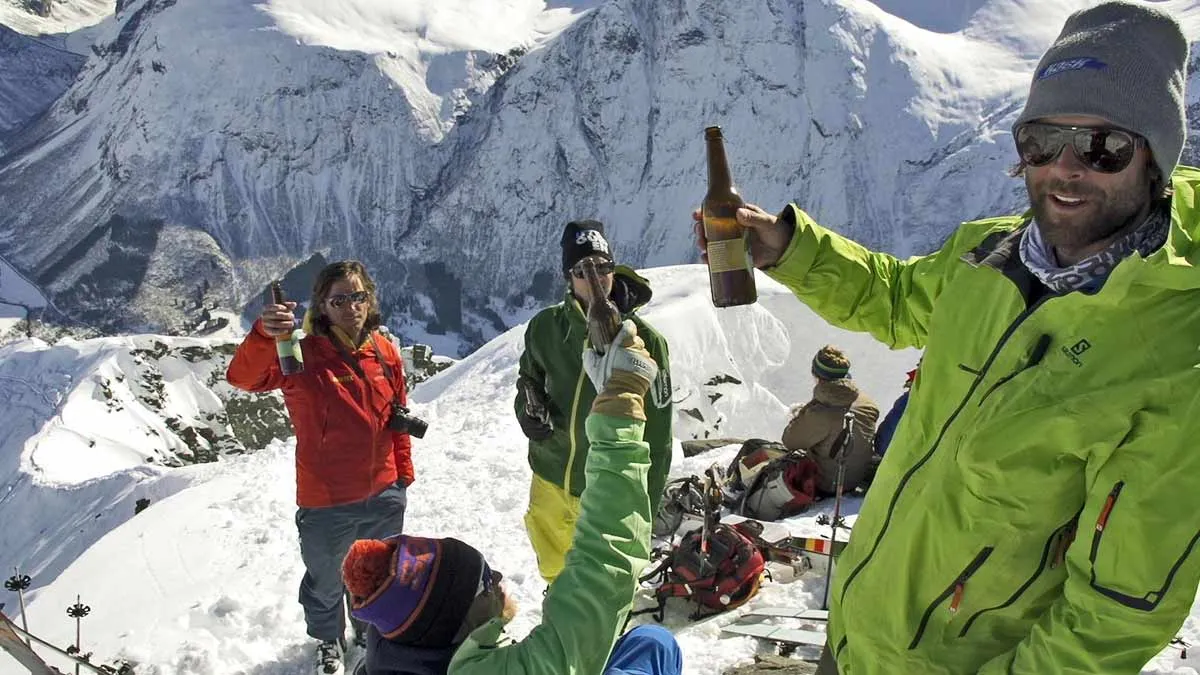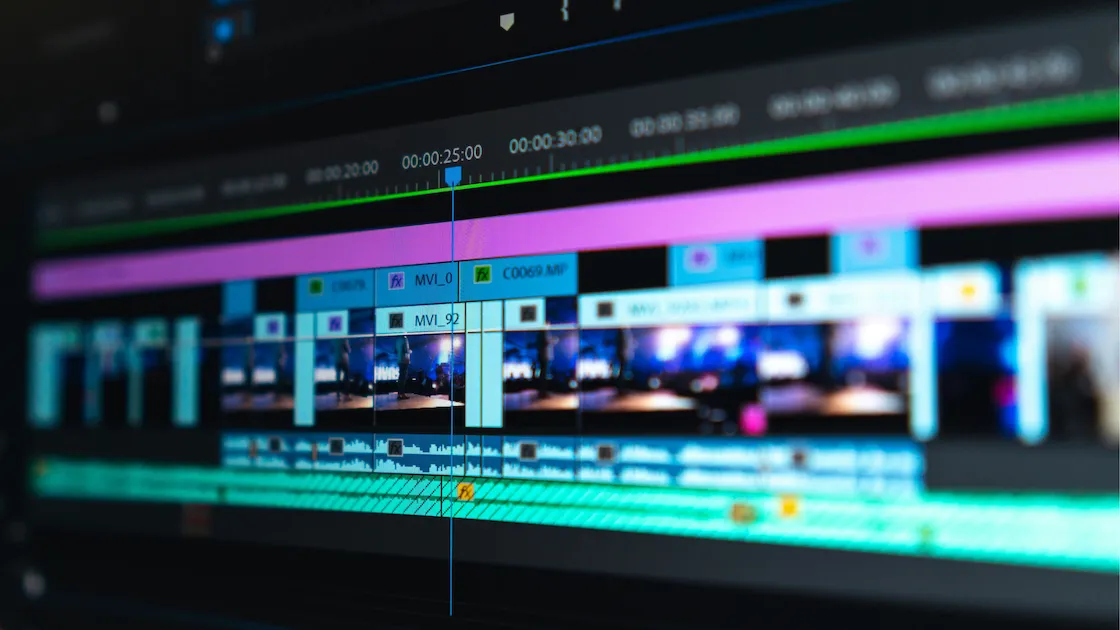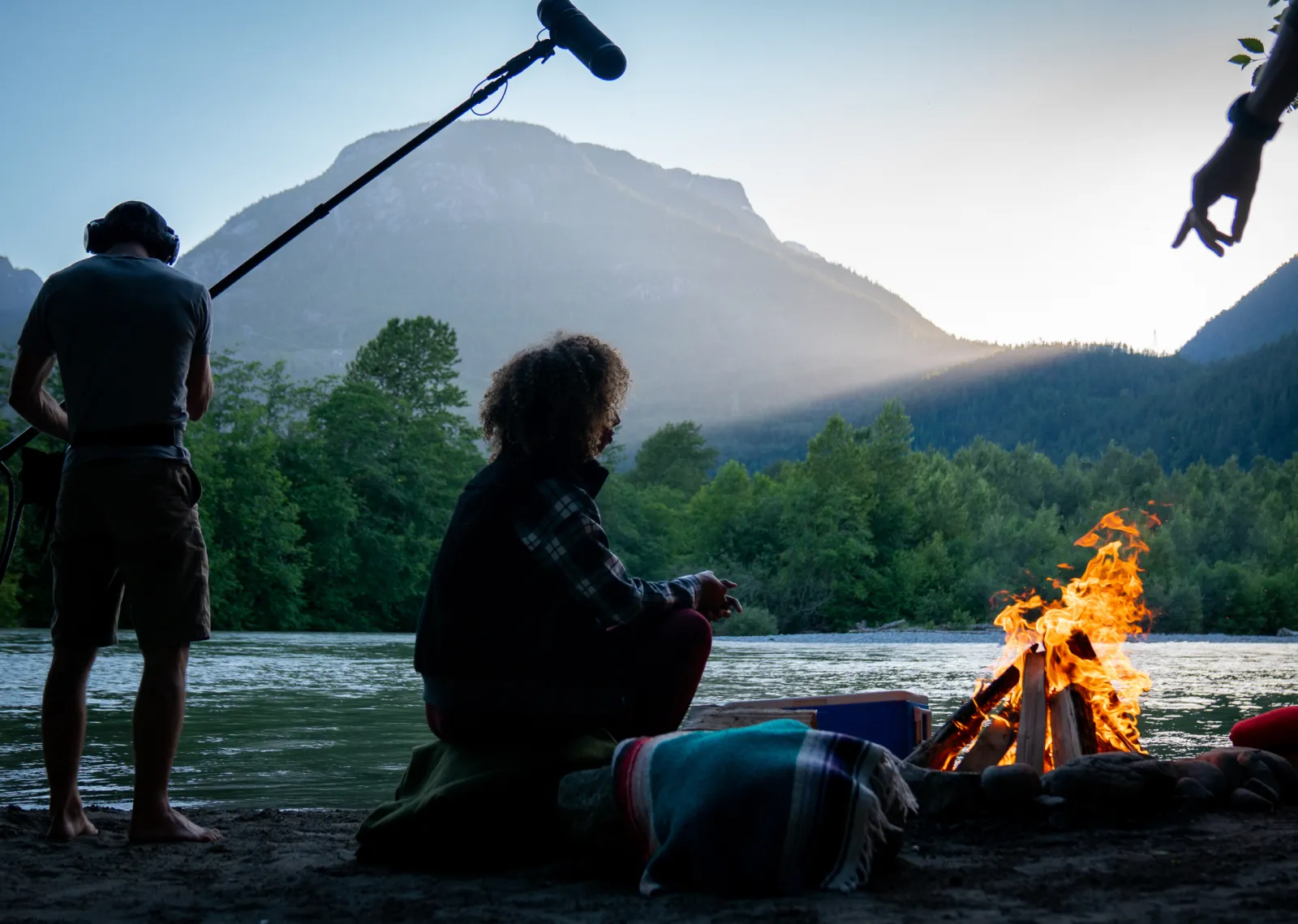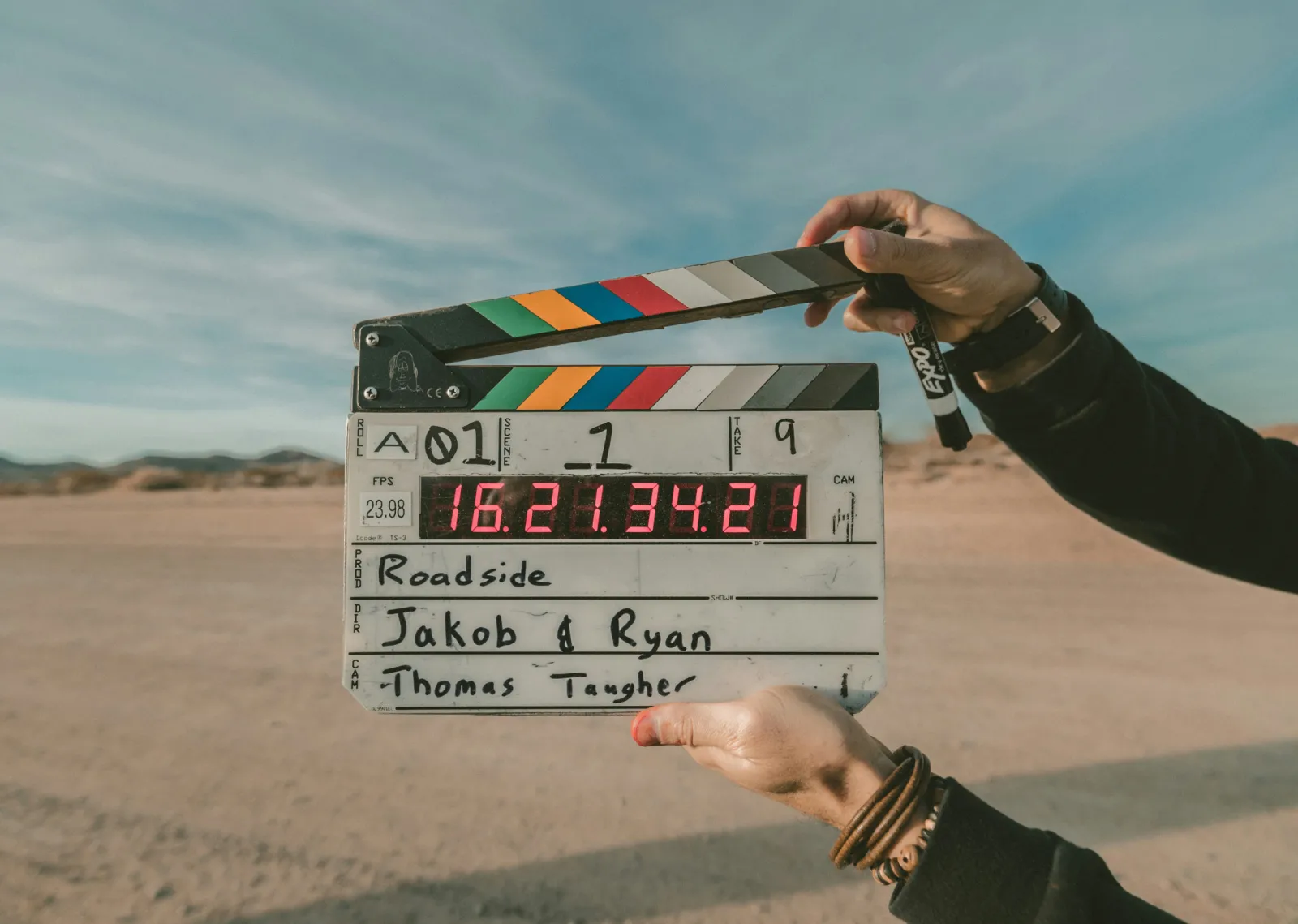Seven tips for the outdoor filmmaker
With today’s demand for rich media content, brands are feeling the pressure to produce engaging, quality video for their audiences and followers. While some brands outsource an entire production to a professional crew, others are taking a more DIY approach and delegating the project to internal team members. Both are feasible options and can produce fantastic results, but both have the potential to go sideways if they’re not managed or planned correctly.
Regardless of your budget—big or small—there are steps you can take to minimize hangups. Here, Origin’s Director of Video, Jeff Thomas, offers up a handful of tips from his 15+ years of experience that will help make your next shoot go more smoothly and keep your budgets in check.
1. Use the Right Gear
We all like toys and gadgets, and while working with the next best thing is great, there are certain budgets, locations and ideas that simply don’t allow you to bring all of your gear along. Consider the sport and physical exertion that will be needed for that day and think the shot list through. Do you really need your whole pack of equipment? All six lenses when you know you’ll only use two? A boom pole and mic stand when you can easily get away with a shotgun mic? In certain scenarios, it’s far better to be nimble and physically able to get the shot than to be the guy lagging behind because of a heavy pack or—worse—unable to make it to the shooting location altogether.
That said, don’t be lazy. Models, athletes and your crew appreciate a person that puts in the extra effort for the greater good of the project. And so will you or the editor after the shooting is complete.
As a last point, learn how to improvise with your gear. Things will go sideways. Gear will break. You will forget something. People will cry. But there is often a solution, and you need to get creative with the tools you have.
2. Scout your Location
Scout the physical space and forecast the weather of your shooting location. If you can’t make an in-person scouting mission happen ahead of time, then utilize other resources like Google Earth or guidebooks. Figure out where the sun will be at what times of the day and plan accordingly. If you can plan your day with the movement of the sun, you will have the highest chance of getting the best light and maximize your time in the field. There are apps available that can help you with this. Get one and use it.
And don’t underestimate the value of your team. Reach out to your client or your athletes and tap them for any intel they may have. Just remember that people do exaggerate, so it’s best to do additional research when you get a lead. Best case scenarios, however, always involve a scouting expedition.
3. Be Prepared for the Physical Environment
Use your scouting knowledge to prep and pack efficiently. Both you, your gear and your crew should consider what kind of environment and conditions you’re shooting in. Your shoot might require specialized gear and expertise, and it might require more than just camera gear. Think: ropes, first aid, avalanche gear, SAT phones, extra layers (if not for yourself, then for others) and other essentials that typically pair with an adventure. And don’t overlook the importance of food and water. It’s easy to skimp on the extra weight of a full water bottle, but 16 hours of ski touring (or hiking, biking, kayaking, etc.) with 40 pounds of gear is exhausting.
If adventuring as a group, sit down with your team and go through your packing list to ensure you have all aspects of your project covered. That includes planning for what you know will happen and the possibility of what COULD happen. As with any expedition, make sure someone that isn’t going along knows your destination, your route and your plans. Cell coverage isn’t reliable in the mountains.
4. Create Your To-Do List
When you flesh out your shot list, expect that you’ll be shooting to multiple plans—even if you don’t quite know what they are. Weather and conditions are unpredictable and can derail almost everything. Figuring out a Plan B and a Plan C can keep your project driving forward on time, on budget and on sanity. And don’t be afraid to ask for help in that planning. Take some meteorology classes or ask an expert about weather patterns. It’s always easier to make a plan when you have all of the information.
Of course, we all want everything to go as planned, but know that it won’t. And a re-shoot or a new trip is often not an option. So learn to work with the conditions rather than fight them. Perhaps that means changing your shooting style or your creative outlook. Whatever you pick, run with it.
But above all, be flexible and ready to shoot at any time. You never know when the light will pop or a wolverine will run up behind an athlete (a pretty incredible moment). And because you never entirely know what the final storyline will end up being, that adaptability will help you shoot far more than what you think you’ll need. The more footage you have, the more you’re helping the director, the editor or the client achieve their goals.
5. Hire the Right People
There is a huge number of quality videos being produced today, which means that there is a large talent pool of professional filmmakers, cinematographers, producers, athletes and specialists that can get the best out of your concept. Budgets permitting, hire the best people that will aid you in producing the best product and put them in a position to maximize your budget and resources. Professional talent will make the process far easier to manage and could help avoid rookie (aka, costly) mistakes.
6. Communicate With Your Team
It’s better to know the physical limitations of your team before heading out into the elements. You can work around their skill levels, but don’t put them in a position to fail. Some cinematographers are better creative shooters and some are better utility shooters. Understand the dynamics and skill of your team and put them in a position to best aid your production. Same goes with athletes. If you are new to working with someone, do some research into their history. They will appreciate it if you understand their background.
Once you’ve compiled your team, talk through the plan and make sure everyone is clear on their roles. For instance, when the sun crests the hill at sunrise, you want everyone to be ready to start descending. Bring radios, phones, etc. as a backup communication tool, but if they suddenly stop working, you’ll be happy you already talked about the plan. Also, don’t be afraid to use your own lingo to communicate, but ensure everyone understands what you’re saying.
7. Stay Focused and Pay Attention
You might be halfway through a multi-day production and decide it’s a good time to celebrate by drinking a beer with your crew on a summit, but remember: you are out there for a reason. Always be ready to pull out the camera at a moment’s notice, even when you’re taking a break. Some of the most interesting moments are unscripted or undocumented on your shot list—which is the inherent nature of outdoor and adventure filming. Even with a detailed shot list, a storyline is not always clear and is almost always evolving. So be ready to cover the pieces that will best suit your story, but don’t get too sidetracked and chase something that was never the plan. You’ll be bummed when the weather crashes and you’ve spent all of the light on something that wasn’t even relevant.
